Whats the Story?
Try your Hand at Fiction and Learn the
Art of Writing
Rudolph H. Weingartner
Illustrated by
Isaias Zelkowicz

Whats the Story?
Copyright 2010 by
University Press of America, Inc.
4501 Forbes Boulevard
Suite 200
Lanham, Maryland 20706
UPA Acquisitions Department (301) 459-3366
Estover Road
Plymouth PL6 7PY
United Kingdom
All rights reserved
Printed in the United States of America
British Library Cataloging in Publication Information Available
Library of Congress Control Number: 2010933275
ISBN: 978-0-7618-5276-6 (paperback : alk. paper)
eISBN: 978-0-7618-5277-3
 The paper used in this publication meets the minimum
The paper used in this publication meets the minimum
requirements of American National Standard for Information
SciencesPermanence of Paper for Printed Library Materials,
ANSI Z39.48-1992
For my grandchildren, Max and Eva,
the source of much pleasure and satisfaction
CONTENTS
INTRODUCTION
Whats the Story? Try your Hand at Fiction and Learn the Art of Writing consists of twenty Casts of Characters that vary in size from three persons to seven, although these two extremes are the exception. Each of the quite varied personages has a given name and is characterized in a paragraph. The majority of the Casts live in various U. S. locations and at the present time. Some, however, are placed at different times in the past and a few of them inhabit other places on the globe.
The characteristics that are revealed about the different personages vary considerably. Most of the time, the reader finds out something about a persons appearance; often it becomes known what kind of activities a character engages in or what he or she does for a living. Sometimes the reader is informed about a cast members background and occasionally some personality quirks are disclosed. In short, each paragraph describes a character as if he or she had a role in a story or a play.
And thats exactly the point. This little book asks its readers to become authors and invent stories about those different Casts of Characters. For the sake of order, two simple rules need to be observed in the creation of those narratives. For the rest, let our authors imaginations run free. The first rule requires that each story that is fabricated include every one of the personages of the Cast that is its starting point. On the other hand, writers are free to introduce additional charactersspouses or other relatives of one or another of the personages or people who are not related to anyone. In short, there are no rules about ways in which a Cast might or might not be augmented; just a rule prohibiting its reduction.
The second principle might be called a coherence requirement. The tale a writer tells certainly does not need to make use of or refer to each of the characteristics set down in the paragraphs provided. However, any additional traits that an author assigns to a member of a Cast or any action said to be performed by one of the described personages must be compatible with the traits originally given. Note that some combinations are without qualification incompatible. It just wont do to have a blind person riding a motorcycleat least not on the front seat. Other incompatibilities are not so sharp. It may indeed be true that massively overweight people are not very fast on their feet; nevertheless, a clever story might show why this particular man, though very fat, managed to overcome this handicap.
These are the uncomplicated basics of working with Whats the Story? What remains to be considered are the various ways in which these Casts of Characters may be employed. The Single Author use is the most obvious. Readers of this small volume might simply test their skills in devising narratives about some of these Casts and jot down plots that put the members of those Casts through their paces. Such outlines, moreover, are open to be built upon to varying degrees, to the point of becoming full-fledged short stories. Ambitious writers might, in this way, compose an entire collection of tales.
There are two amusingly antithetical advantages to having ones authorial efforts begin with a group of characters furnished by someone else. On the one hand, the given Cast may stimulate the imagination of a person perhaps unpracticed in making up tales. But on the other, by requiring the use of an already-set Cast of Characters, the would-be writer is subjected to a discipline that, for some, will be an intriguing challenge.
Both of these paradoxical advantages play a role in what is perhaps the most important use to which Whats the Story? can be put. The books subtitle, Try Your Hand at Fiction and Learn the Art of Writing is intended to signal that it can have a significant part in the teaching and learning of creative writing. Instructors of that craft are invited to use these Casts of Characters to teach the writing of short works of fiction. By making a particular Cast as a starting point, students will not be asked to create ex nihilo, but will have their imaginations stimulated by the personages put before them. Writing teachers can choose to make assignments requiring, so to speak, different levels of detailfrom outlines that focus specifically on the constructing of plots to working out complete short stories.
It will be of especial pedagogic value that by means of the selection of a particular Cast, all students in a class will have the same starting point. If, after a given assignment, a number of students read their stories to the entire class (or they are distributed via the internet or on paper), they will become aware of the many different ways in which the same point of departure might be developed. This information could then serve as the basis of a discussion as to which uses of the characters are more imaginative, or amusing, as well as which are more conventional and predictable. More basically, what are the features of a story that make it more or less credible or interestingand what features of the story make them so? Such discussions are likely to be valuable learning experienceslessons that are dependent on the fact that the entire group of students began their work with the same Cast of Characters.
An analogous, but not identical use for Whats the Story? is in teaching and learning to write dialogue. Where comparability is desired for the kind of purposes just outlined, the instructor, after having assigned a particular Cast, will probably have to set the scene for all participants, indicating in outline form what the conversations are to be about. Given that each Cast contains a variety of types of people, a basic object of an exercise of this kind might not be so much to tell a story, but to achieve authenticity of tone. Call it a kind of ear training, where the writer attempts to compose language that is true to the sort of person speaking. Of course, these Casts of Characters can also serve to launch the devising of entire theatrical scenes or, yet more ambitiously, of playlets or even of full-length plays. If the instructor goes beyond the selection of a Cast and, to a degree, sets the scene for such an assignment, a measure of comparability can be achieved, with the pedagogic advantages mentioned in the previous discussion of short story assignments.
A further use for Whats the Story? is as a Game. To be sure, what used to be called parlor games are no longer in fashion, since the competition from a variety of electronic gadgets small and large is very steep. Still, now and then a group of literate adults might feel nostalgic and sit around a table and play
Next page

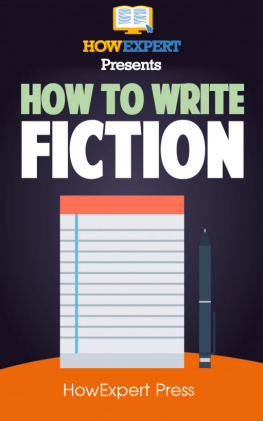

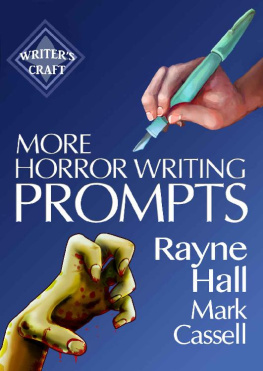

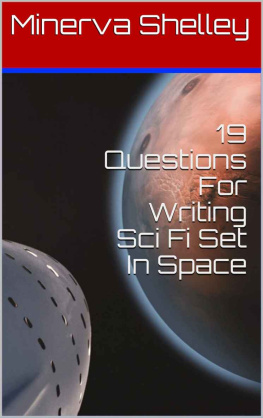
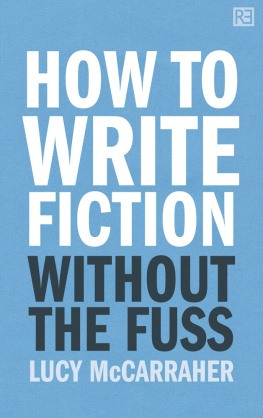
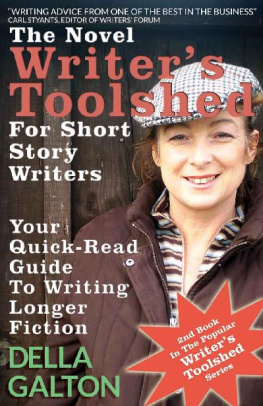
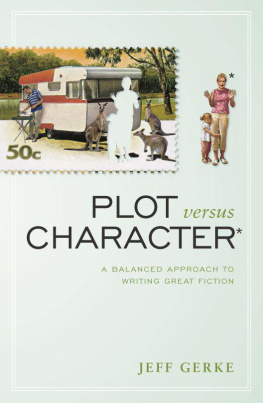

 The paper used in this publication meets the minimum
The paper used in this publication meets the minimum